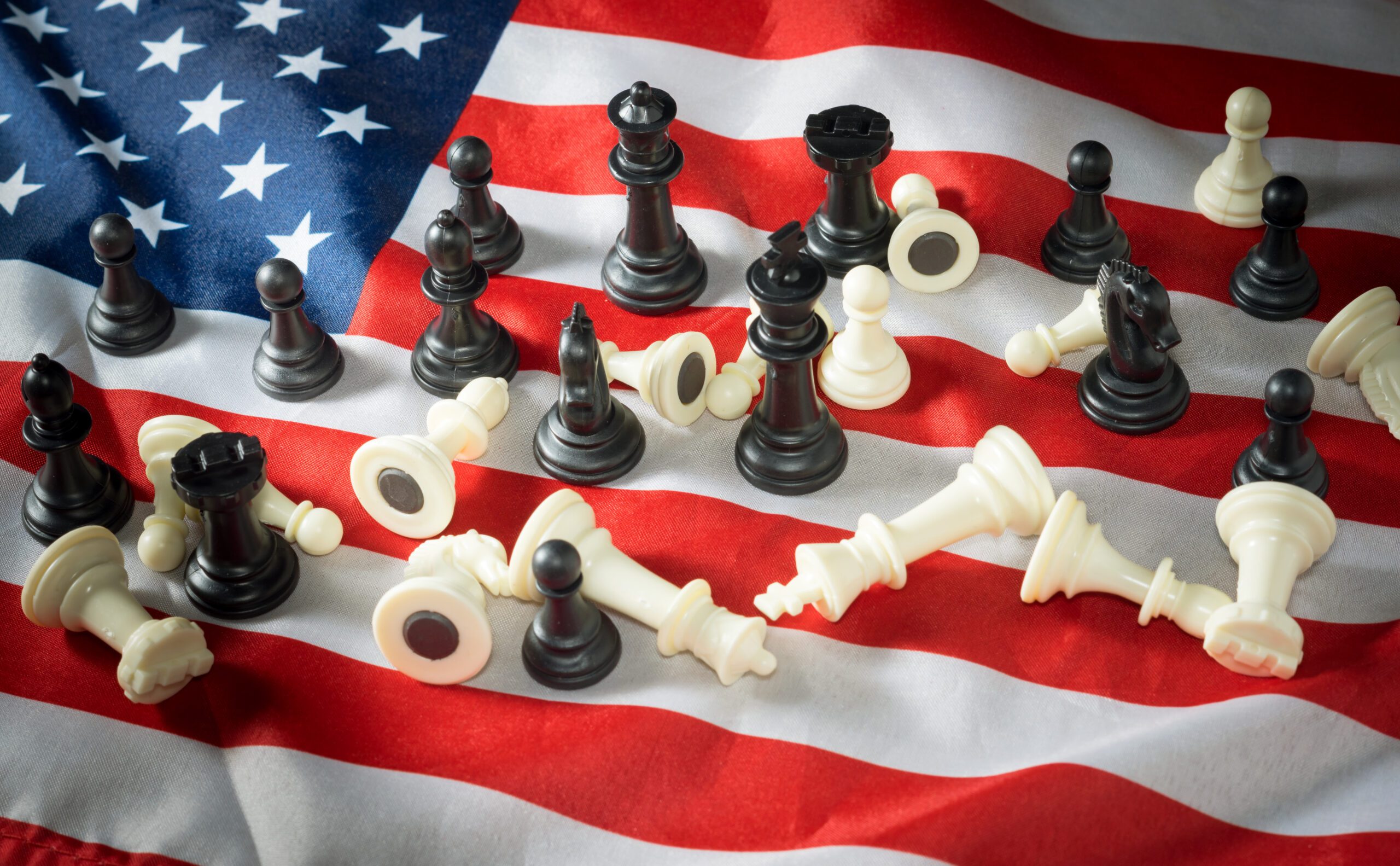Current Congressional Attempts at Patent Reform | Knobbe Martens
In recent years, Congress has considered potential new laws for patent reform, typically changes to the system supported by patent owners. Two main areas of focus are “Section 101” and the “PTAB.” Below is a summary of two such efforts currently being considered by Congress.
Section 101 Reform Proposal – PERA
One proposed law, the Patent Eligibility Restoration Act (PERA), focuses on how judges have applied 35 U.S.C. § 101 to rule that certain apparent inventions are not eligible for patenting.
Currently, it is judicial doctrines—not statutes—that create the greatest barrier to use of the patent system. The text of 35 U.S.C. §101 is relatively permissive. It was initially interpreted to mean that patents could be granted for “everything under the sun made by man.” But since 1952, when that statute was initially enacted, courts have limited the subject matter eligible for patenting by creating “judicial exceptions” to the general rule. One controversial exception prohibits attempts to patent what the courts call “abstract ideas.” The Supreme Court’s 2012 Mayo and 2014 Alice cases greatly strengthened these barriers to use of the patent system by some inventors and industries.
PERA would clarify the law of patent eligibility by codifying some aspects of the current judge-made law. However, the proposed statute also states that
. . . any process that cannot be practically performed without the use of a machine (including a computer) or manufacture shall be eligible for patent coverage.
§ 2(5)(E)(ii); § 101(b)(1)(b)(ii).
This would likely be interpreted by the courts as allowing software and medical diagnostic patents that present law would disallow. A similar practicality standard was previously proposed by former USPTO director Andre Iancu, and referenced in previous guidance from the U.S. Patent and Trademark Office to its examiners.
PTAB Reform Proposal – The PREVAIL Act
The longstanding patent act of 1952 was superseded by The America Invents Act of 2011 (AIA). The AIA brought fundamental changes to the U.S. patent system, one of the most important being the creation of inter partes review (IPR). Patent applications have always been subject to “examination,” the administrative process in which the U.S. Patent and Trademark Office (PTO) researches prior inventions to determine if the patent applicant’s proposed new invention is sufficiently novel and well-described to deserve a patent. However, the AIA created IPR proceedings that allow competitors and other third parties to re-open that process, putting issued patents on trial to test their validity again.
Whereas patent validity had previously been tested in federal courts as part of patent infringement suits, IPRs created mini-trials before a second set of PTO employees referred to as the Patent Trial and Appeal Board (PTAB). Groups of PTAB judges therefore form tribunals fully within the Executive Branch. These tribunals tended to invalidate patents at a higher rate than district courts. Proponents of the new IPRs spoke of the benefits of weeding out “bad patents.” However, one former judge expressed concern that PTAB tribunals would become “patent death squads.”
In recent years, legislators have attempted to introduce bills that would limit IPRs. The STRONG Patents Act of 2015 was the first attempt at such legislation, followed by the STRONGER Patents Acts of 2017 and 2019.
These efforts continue in the form of the PREVAIL Act. Sponsored by Senators Coons and Tillis, the PREVAIL Act attempts to strengthen patents and limit harm from IPRs. The act’s sponsors assert that it will restore fairness to the PTAB and promote innovation and competition. Interested parties should review the proposed statutory text to confirm, but the sponsors intend to include the following:
- Standing Requirement. Only those sued or threatened by a patent could use IPRs to preemptively challenge that patent’s validity.
- Limits to Duplicate Attacks. The act would prevent an entity from helping fund one IPR, then bringing a separate IPR challenge later. After challenging a patent using an IPR, challengers could not also seek to invalidate that patent in federal district court, the International Trade Commission, or any other tribunal.
- Limits to Duplicate Arguments. To allow IPRs based on evidence or arguments previously presented to the PTAB, the act would require “exceptional circumstances.”
- Higher Burden of Proof. The act would require that patents be proven invalid by “clear and convincing” evidence (not just by a “preponderance” of the evidence).
- End USPTO Fee Diversion. The act would allow fees paid to the USPTO to be used only for USPTO activities (rather than the current practice of distributing some of this money to other government entities).
If passed, PERA and the PREVAIL Act would undoubtably have a substantial impact on the U.S. patent system, so interested patent holders and patent professionals should weigh in during the legislative process.






